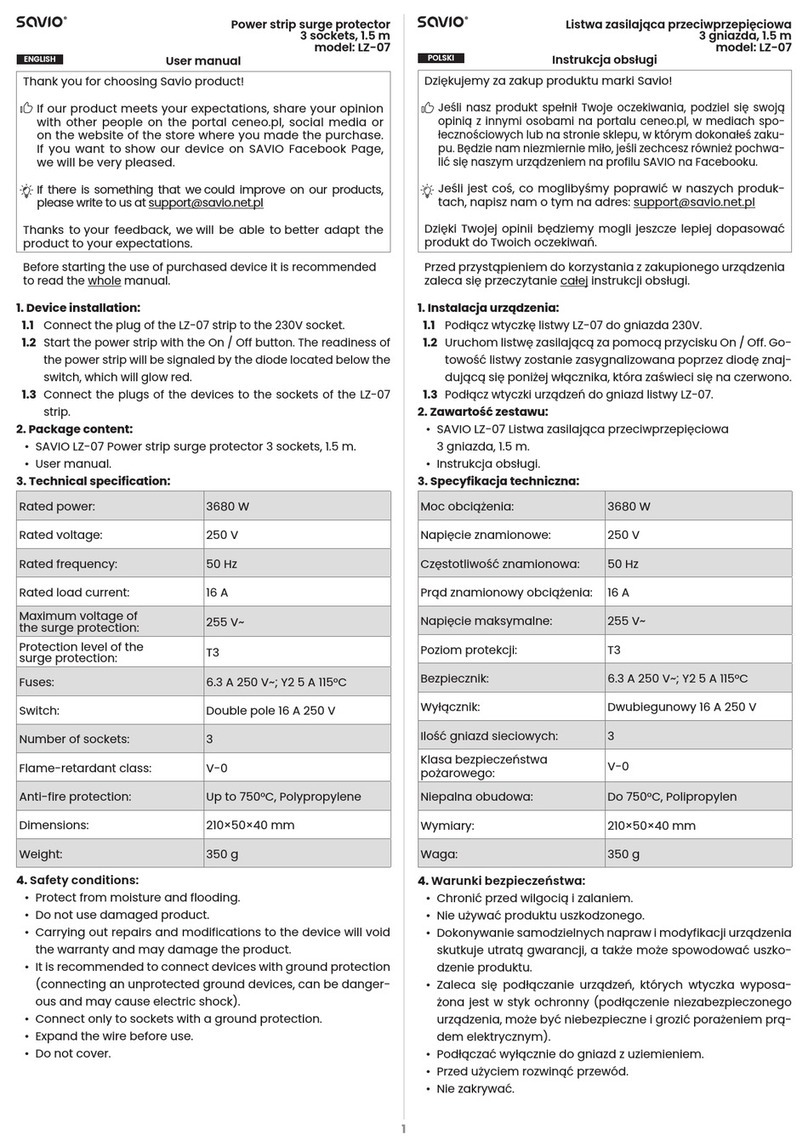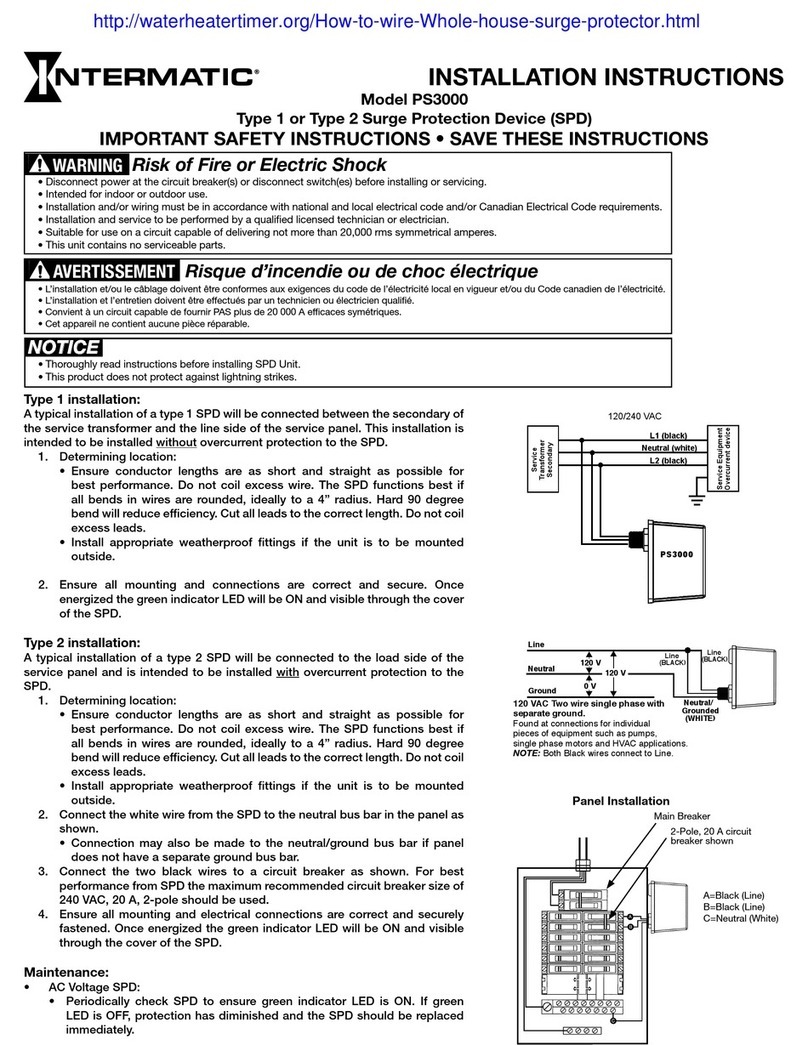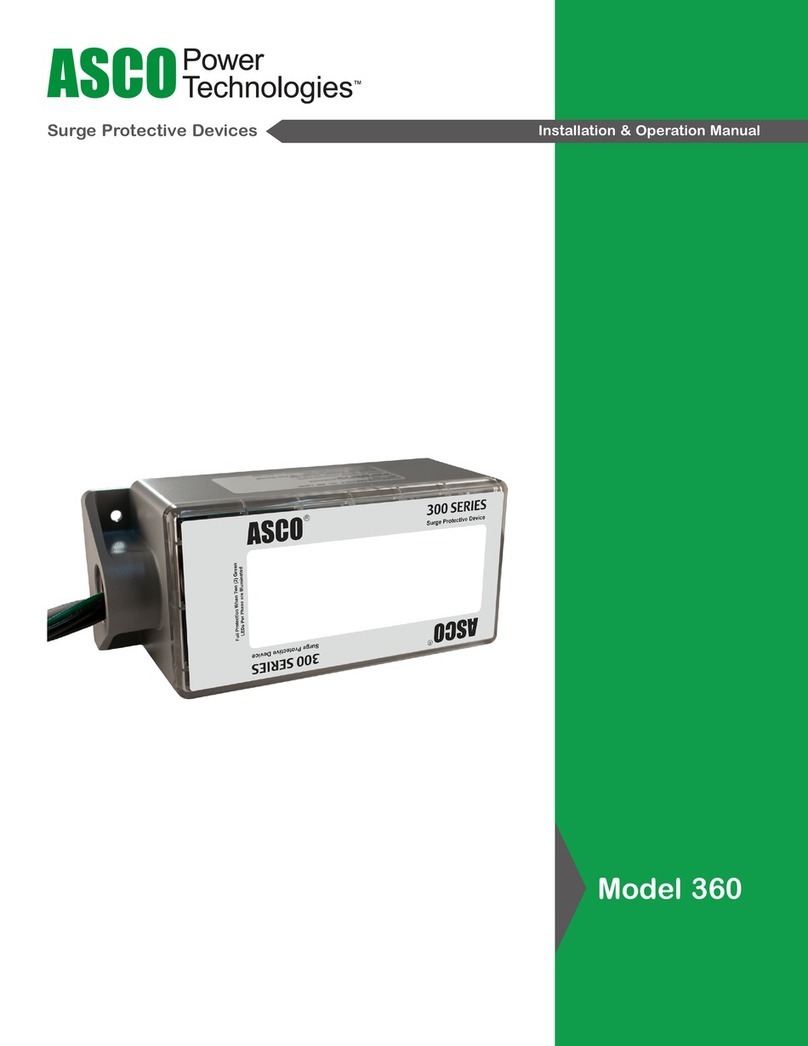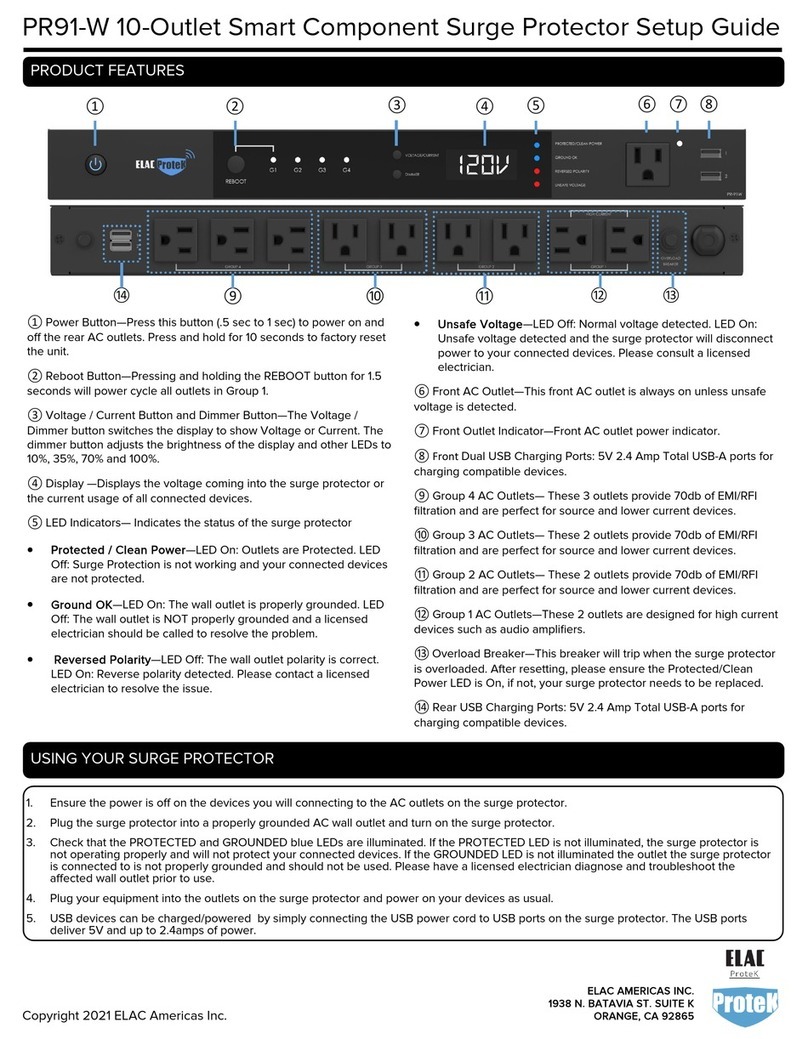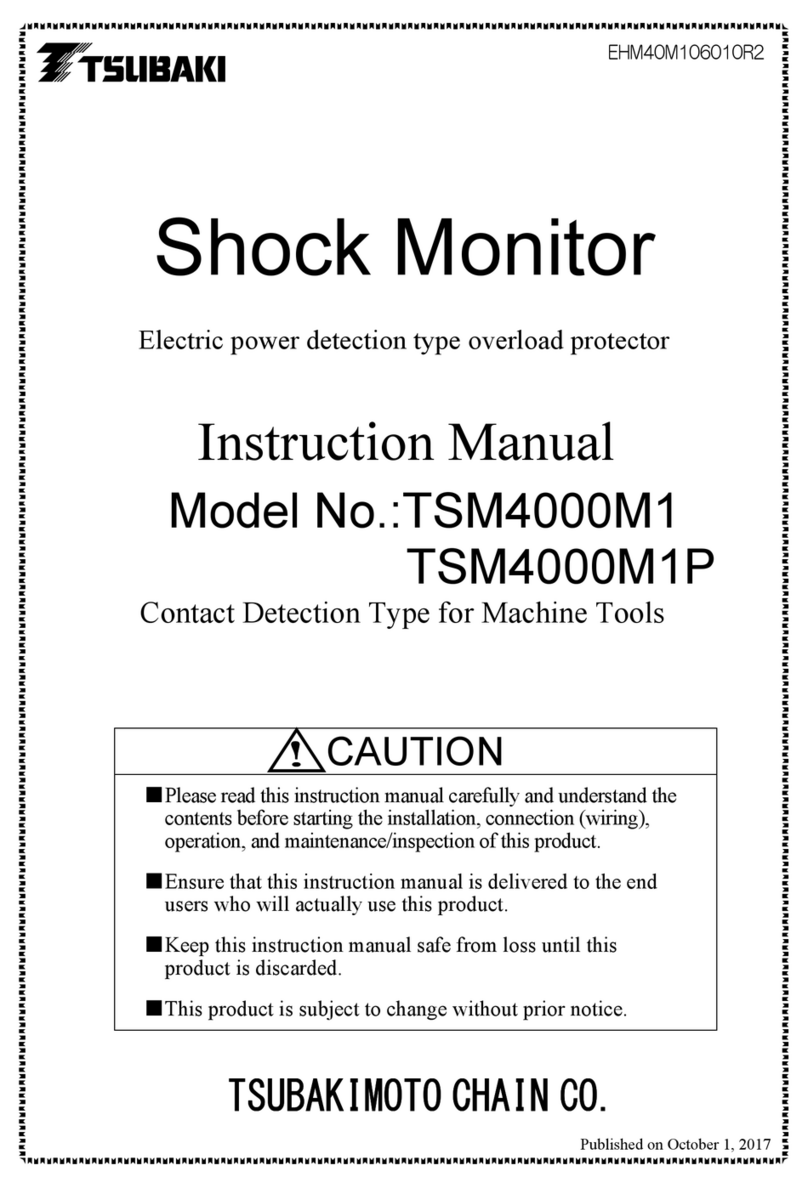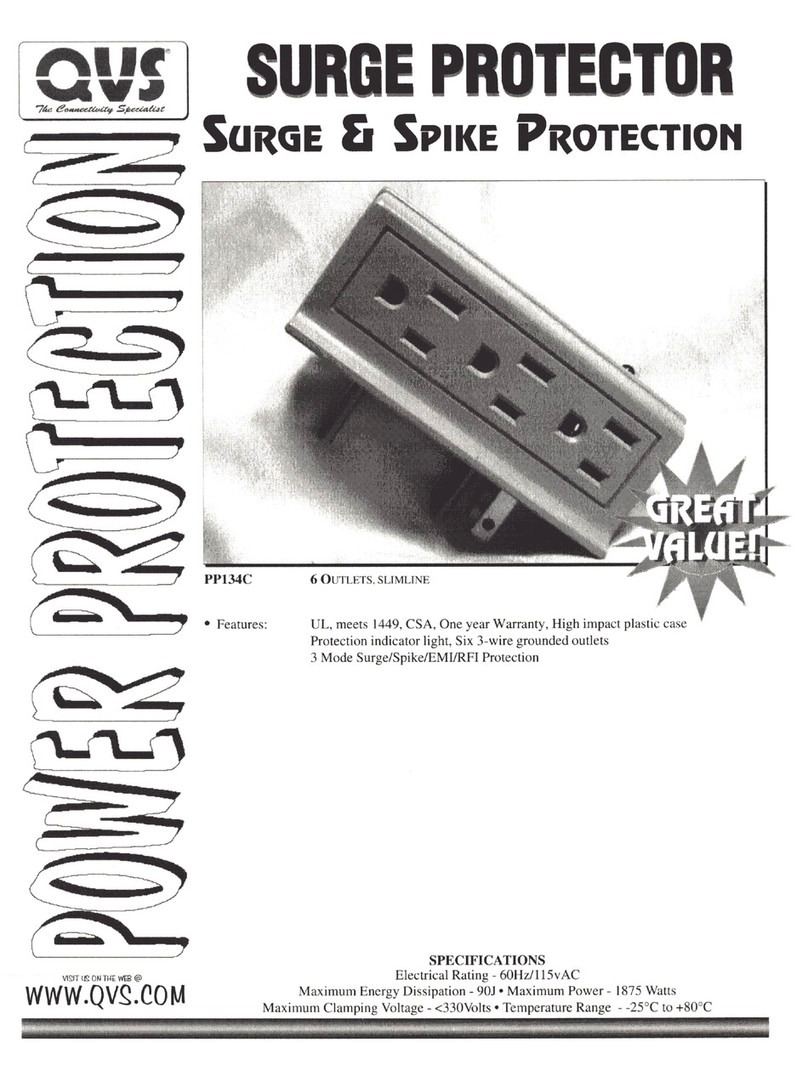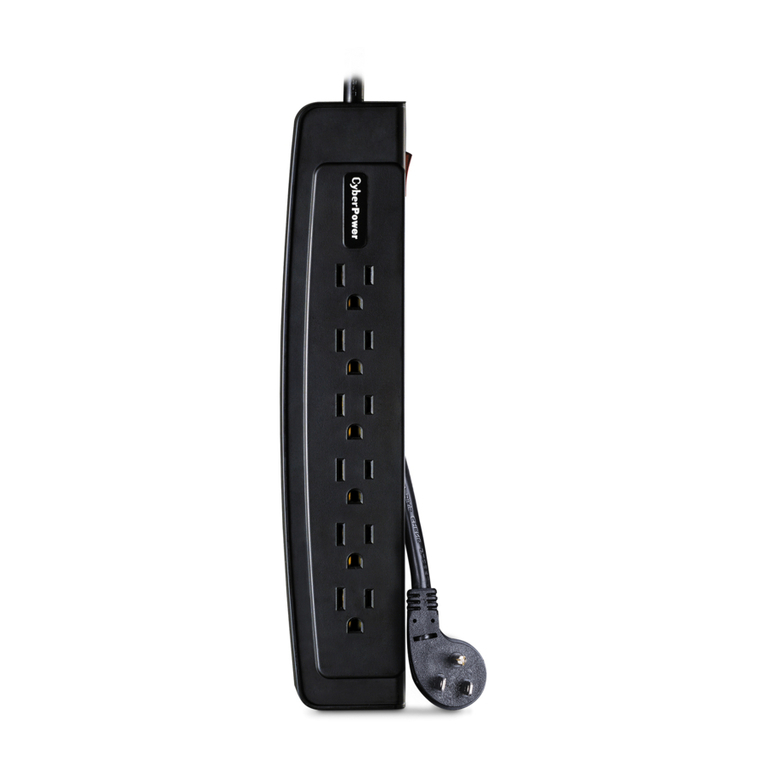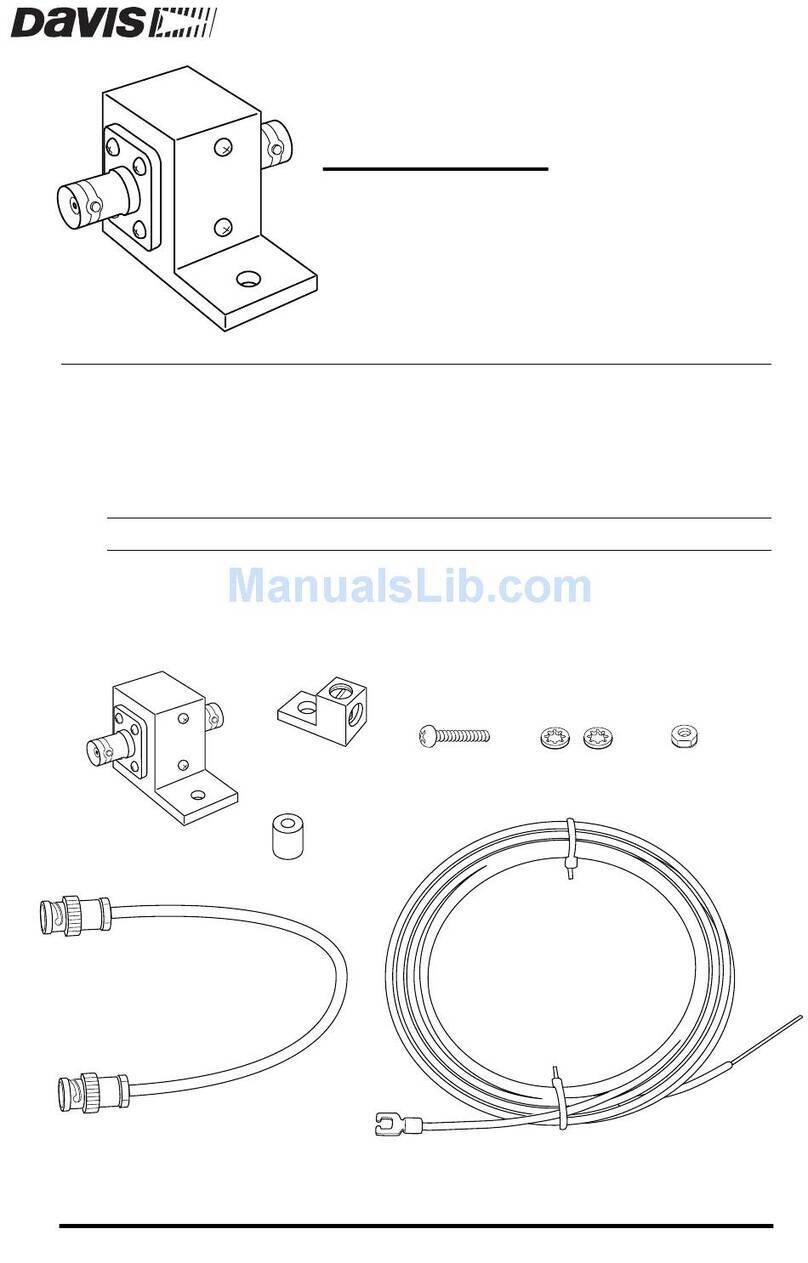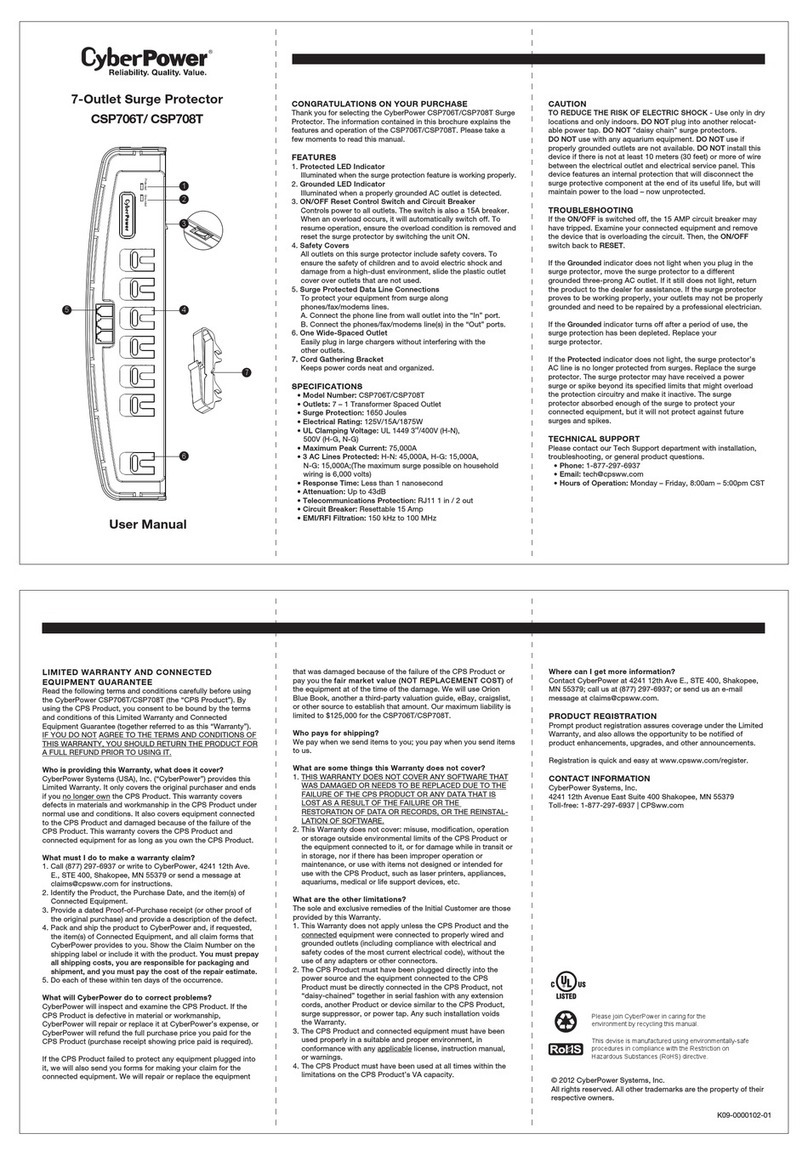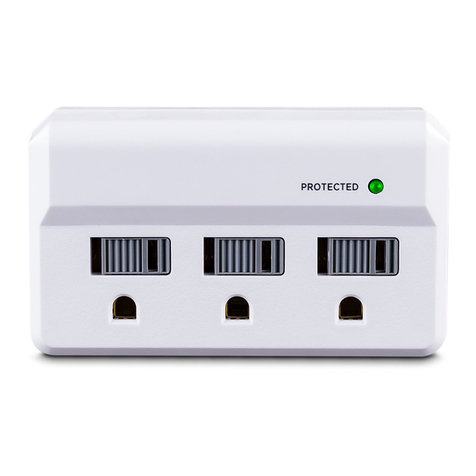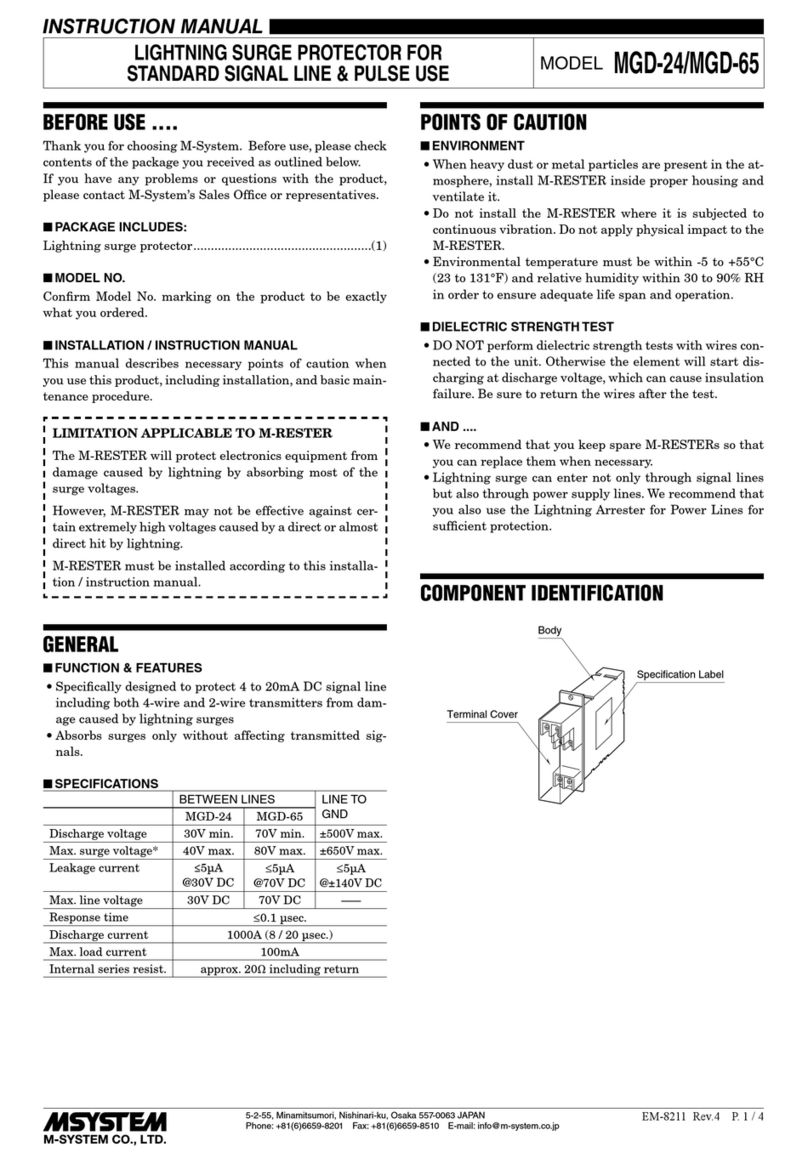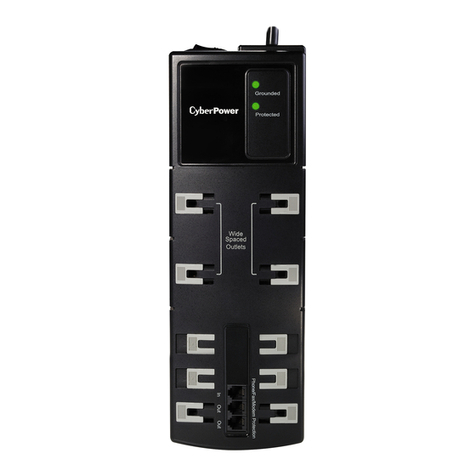The following are considered to be contrary to the
intended use:
–Unauthorized modication and customization of
the energy manager
–Any other use of the energy manager beyond
that described here
The energy manager is designed as a rail-mounted
device and must be installed in compliance with the
required electrical/electronic and IT conditions.
For the electrical/electronic part, this means that the
energy manager must be installed in a suitable dis-
tributor.
USA only: In the event that no such distributor is
available in your country, you can procure one via
an authorized Porsche dealer. For information on the
optional wall-mounted distributor:
e
Disclaimer
Repairs are not possible in the event of damage
caused during transport, storage or handling. Open-
ing the housing of the energy manager invalidates
the warranty. This also applies if damage is caused
by external factors such as re, high temperatures,
extreme environmental conditions and improper use
of equipment.
Intended use
The energy manager serves primarily to ensure the
electrical energy supply (overload protection), by pre-
venting the main fuse from being triggered (building
protection).
The following are considered to be contrary to the
intended use:
–Unauthorized modication and customization of
the energy manager
–Any other use of the energy manager beyond
that described here
The energy manager is designed as a rail-mounted
device and must be installed in compliance with the
required electrical/electronic and IT conditions.
For the electrical/electronic part, this means that the
energy manager must be installed in a suitable dis-
tributor.
e
Disclaimer
Repairs are not possible in the event of damage
caused during transport, storage or handling. Open-
ing the housing of the energy manager invalidates
the warranty. This also applies if damage is caused
by external factors such as re, high temperatures,
extreme environmental conditions and improper use
of equipment.
Intended use
The energy manager serves primarily to ensure the
electrical energy supply (overload protection), by pre-
venting the main fuse from being triggered (building
protection).
The following are considered to be contrary to the
intended use:
–Unauthorized modication and customization of
the energy manager
–Any other use of the energy manager beyond
that described here
The energy manager is designed as a rail-mounted
device and must be installed in compliance with the
required electrical/electronic and IT conditions.
eFor the electrical/electronic part, this means that
the energy manager must be installed in a suita-
ble distributor.
Disclaimer
Repairs are not possible in the event of damage
caused during transport, storage or handling. Open-
ing the housing of the energy manager invalidates
the warranty. This also applies if damage is caused
by external factors such as re, high temperatures,
extreme environmental conditions and improper use
of equipment.
Qualication of Personnel
The electrical installation may only be performed by
persons with appropriate electrical/electronic knowl-
edge and experience (qualied electrician). These
persons must be able to provide proof of the required
specialist knowledge for the installation of electrical
systems and their components by having passed an
examination.
Improper installation can endanger your own life and
the lives of others.
Requirements for qualied electricians performing in-
stallation:
–Ability to evaluate the test results
–Knowledge of the IP protection classes and their
application
–Knowledge of how to install the electrical instal-
lation material
–Knowledge of the applicable electrical/electronic
and national regulations

